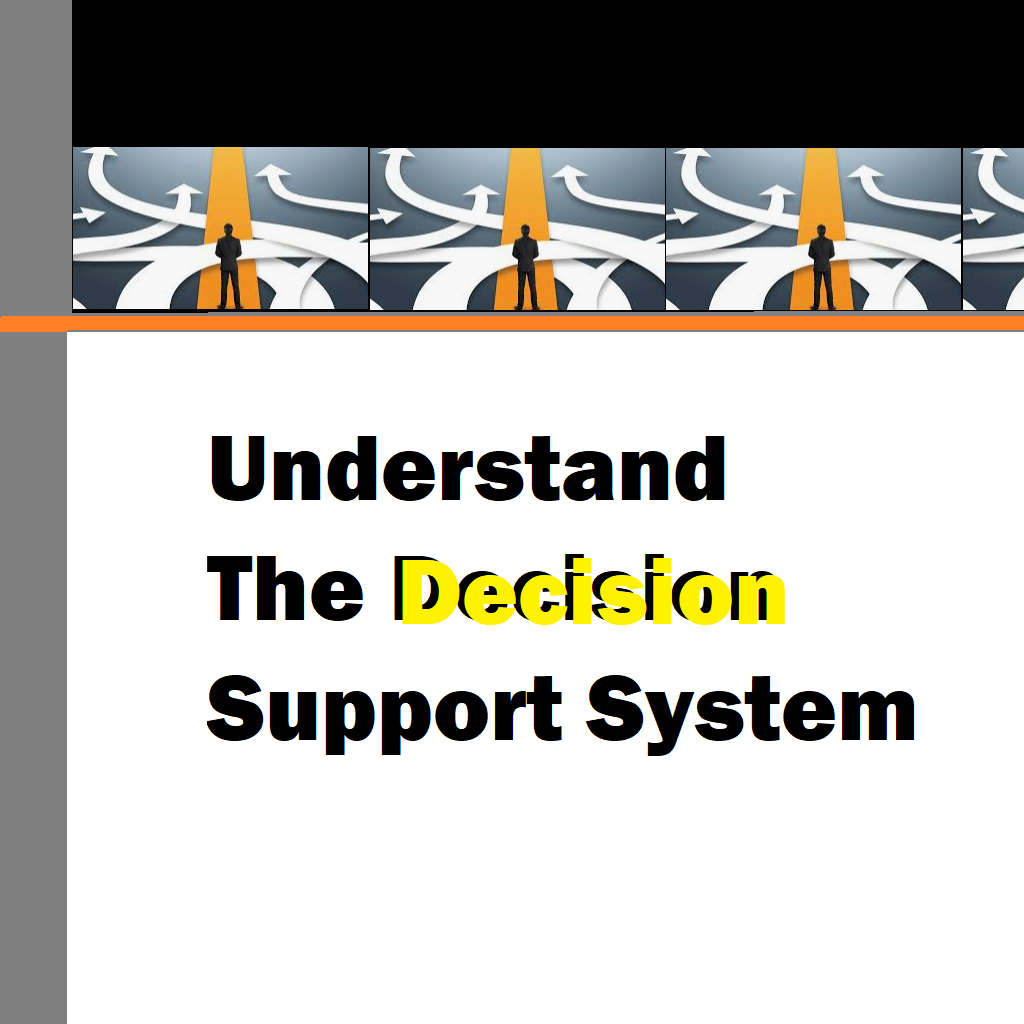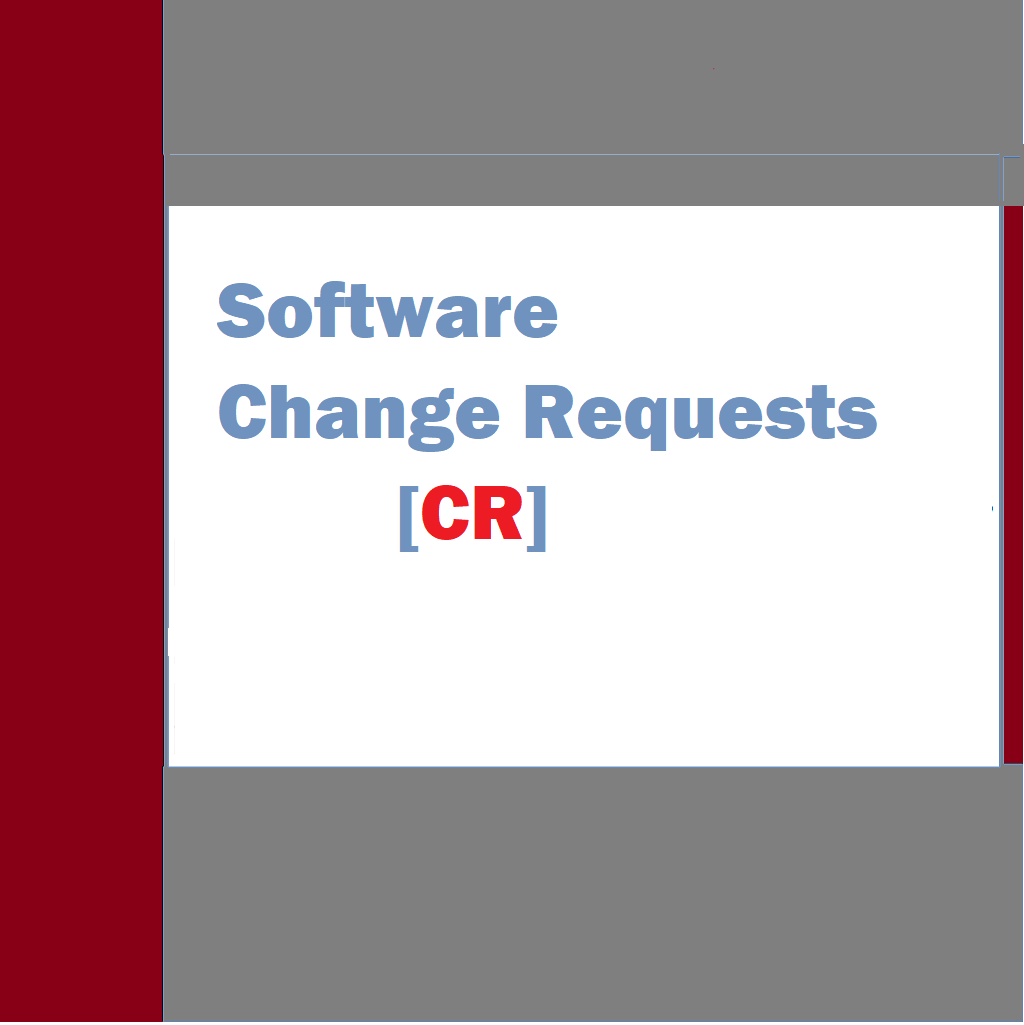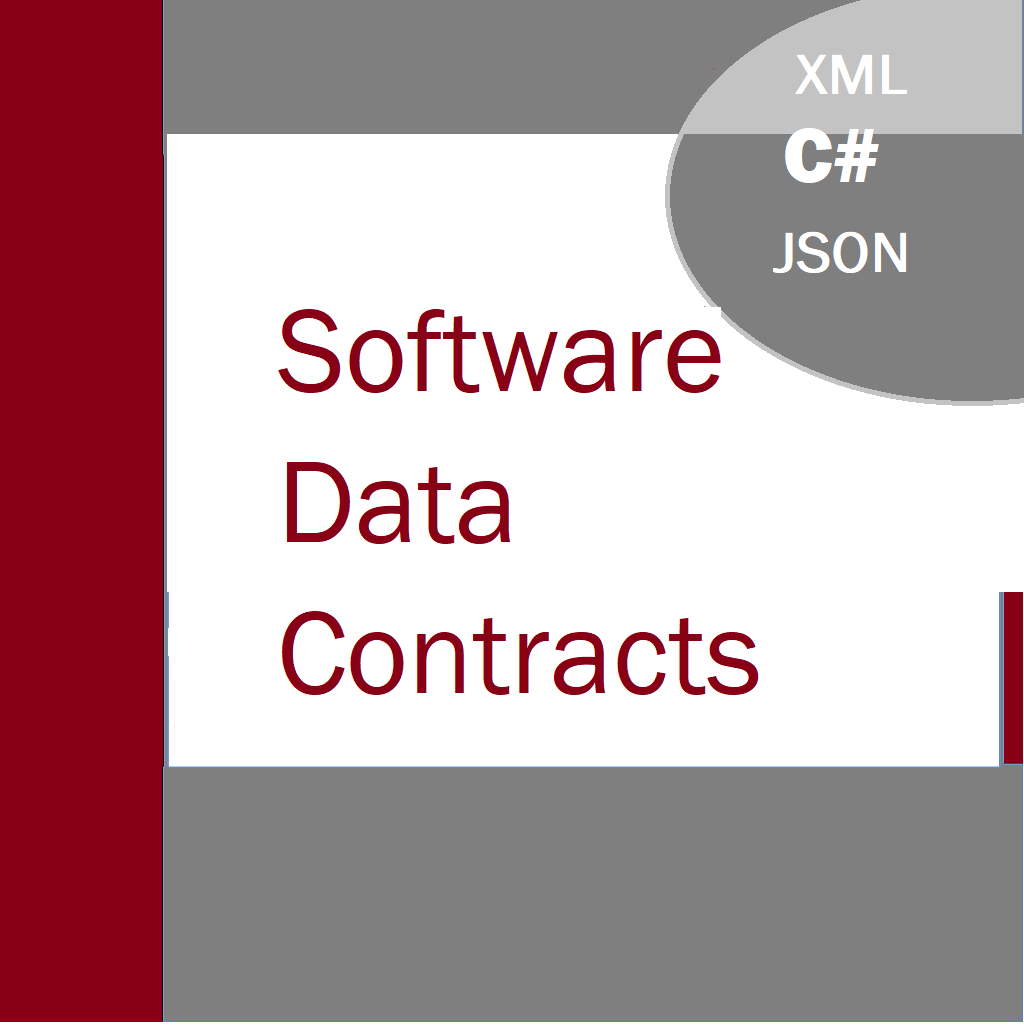In the last article we saw sprint retrospective meetings. Today we look at Agile product backlog. In agile software development, the product backlog is a prioritized list of features, enhancements, bug fixes, and other items that represent the requirements for a product. It serves as the single source of truth for the development team, stakeholders, and product owner to understand and track the work that needs to be done. The product backlog is dynamic and evolves throughout the project. It is initially created and continuously refined by the product owner based on input from stakeholders, customers, and the development team. The items in the backlog are described as user stories, which are concise and actionable statements that capture the functionality or value that a user or stakeholder expects from the product.
The product backlog items are ordered based on their priority and value, with the most important items at the top. The priority can be determined by factors such as customer needs, business value, technical dependencies, and market demands. The team collaboratively estimates the effort or complexity required for each item, usually using techniques like story points, to help with planning and prioritization.

During the sprint planning meeting, the development team selects a set of items from the product backlog that they commit to completing during the upcoming sprint. The team breaks down the selected items into smaller tasks and creates a sprint backlog, which contains the detailed plan for the work to be done during the sprint. As the project progresses, the product backlog is continuously reviewed, refined, and reprioritized. New items can be added, existing items can be modified or removed, and priorities can change based on feedback, market conditions, or other factors. This allows the team to adapt and respond to changing requirements and deliver the most valuable features to the stakeholders.
CONTENT
What needs to go into a product backlog
Stakeholders for product backlog
Importance of creating a product backlog
The product backlog is important in agile software development for several reasons:
- Priority and Focus: The backlog helps establish a clear order of priority for the work that needs to be done. It ensures that the team is always focused on delivering the most valuable features and addressing the highest-priority items first. This helps to align the development efforts with the needs of the stakeholders and the overall goals of the project.
- Visibility and Transparency: The backlog provides transparency and visibility into the upcoming work. It allows the development team, stakeholders, and product owner to have a shared understanding of the requirements, features, and enhancements that are planned. This promotes collaboration, facilitates effective communication, and helps manage expectations.
- Flexibility and Adaptability: The product backlog is dynamic and can be continuously refined and reprioritized as new information becomes available. This enables the team to adapt to changing market conditions, customer feedback, and emerging requirements. The backlog allows for flexibility in adjusting the scope and direction of the project based on evolving needs, ensuring that the most valuable features are delivered.
- Continuous Improvement: The backlog serves as a repository of ideas and requirements for the product. It encourages ongoing feedback, learning, and improvement. As the team gains more insights and understanding, they can refine and enhance the backlog items, ensuring that they accurately reflect the needs of the users and stakeholders. This promotes a culture of continuous improvement and helps deliver a better end product.
- Efficient Planning and Execution: The backlog aids in planning and executing the work in iterations or sprints. It allows the development team to select a set of items for each sprint based on their capacity and priorities. By breaking down the backlog items into smaller, manageable tasks, the team can plan their work effectively, estimate effort, and track progress.
Therefore, the product backlog is a critical tool in agile development as it provides direction, flexibility, transparency, and collaboration. It helps ensure that the team is focused on delivering value, adapts to changing requirements, and continuously improves the product.
Figuring out what needs to go in for Product Backlog
This is an important step in Agile software development. Determining what should become a part of the product backlog involves gathering input from various stakeholders, understanding the goals of the project, and considering the needs of the users. Here are some steps to help figure out what items should be included in the product backlog:
- Engage with Stakeholders: Talk to stakeholders such as customers, users, product managers, and subject matter experts. Gather their feedback, ideas, and requirements. Understand their pain points, goals, and expectations. This helps in identifying the features and functionality that should be considered for inclusion in the product backlog.
- Define Project Goals: Clearly define the goals and objectives of the project. Understand the vision for the product and the problem it aims to solve. Align the product backlog items with the project goals to ensure that they contribute to the overall vision.
- User Research and Feedback: Conduct user research to gain insights into the needs and preferences of the target users. Gather feedback from existing users or conduct surveys, interviews, or usability tests. This helps identify user stories and requirements that should be prioritized and included in the product backlog.
- Prioritization Techniques: Use prioritization techniques to determine the order of items in the product backlog. Techniques such as MoSCoW (Must have, Should have, Could have, Won’t have), value vs. effort analysis, or weighted scoring can be helpful. Consider factors such as business value, customer impact, market demand, and technical dependencies to prioritize the backlog items effectively.
- Collaborative Workshops: Organize workshops or brainstorming sessions involving the development team, product owner, and other stakeholders. Facilitate discussions to generate ideas, clarify requirements, and identify potential backlog items. Encourage collaboration and input from all participants to ensure a comprehensive and well-rounded backlog.
- Emerging Requirements: Remain open to emerging requirements and feedback throughout the project. Keep channels of communication open with stakeholders and users to incorporate new insights or changing needs into the product backlog. This helps in adapting and refining the backlog as the project progresses.
- Regular Review and Refinement: Continuously review and refine the product backlog. As the team gains more information and understanding, reassess the backlog items to ensure they are up to date and aligned with the evolving project needs. Remove obsolete items, add new ones, and reprioritize as required.
It is very important to remember, the product backlog is not static and should evolve over time. Regularly reassessing and refining the backlog helps ensure that it accurately reflects the current understanding of the project requirements and delivers value to the users and stakeholders.
Prioritizing a product backlog
Prioritizing the items in the product backlog involves assessing their value, urgency, and feasibility. Here are some factors to consider and techniques to help prioritize the backlog effectively:
- Business Value: Consider the impact that each backlog item will have on the business or the users. Evaluate how it aligns with the project goals and objectives. Items that directly address customer needs, generate revenue, or provide a competitive advantage should typically receive higher priority.
- User Needs: Prioritize items that fulfill critical user needs or solve pain points. User research, feedback, and user personas can help identify the features or enhancements that will have the most significant impact on user satisfaction and engagement.
- Risk and Dependencies: Assess the risks associated with each backlog item and its dependencies on other features or components. Consider prioritizing items that mitigate significant risks or unlock dependencies for other high-priority items. This ensures a smoother development process and reduces bottlenecks.
- Cost of Delay: Evaluate the cost of delaying the implementation of each backlog item. Some items may have time-sensitive aspects, market opportunities, or regulatory requirements that make them more urgent. Prioritize items that have a higher cost of delay to maximize their potential value.
- Effort and Complexity: Consider the effort and complexity involved in implementing each backlog item. Items that are relatively straightforward and have lower effort requirements may be prioritized earlier to achieve faster delivery and feedback. However, be mindful of balancing effort and value to avoid neglecting high-value but complex items.
- Stakeholder Input: Involve stakeholders, including customers, users, and product owners, in the prioritization process. Gather their input and insights to understand their priorities and expectations. Collaborative techniques like the MoSCoW method, value vs. effort matrix, or pairwise comparison can help facilitate discussions and reach consensus.
- Continuous Refinement: Regularly review and refine the prioritization of the backlog as the project progresses. Factors such as market conditions, customer feedback, and evolving business needs can influence the priority of items. Stay adaptable and update the prioritization accordingly.
It’s important to note that prioritization is not a one-time activity. It should be an ongoing process, allowing for adjustments based on new information and changing circumstances. Regularly reassess and reprioritize the backlog to ensure that the most valuable and relevant items are addressed in a timely manner.
Stakeholders to whom product backlog is important
Several stakeholders typically have an interest in and contribute to the product backlog. Here are some key stakeholders who are involved in reviewing and providing input on the product backlog:
- Product Owner: The product owner is responsible for managing the product backlog. They collaborate with various stakeholders to gather requirements, prioritize items, and ensure that the backlog aligns with the product vision. The product owner has the final authority in deciding the content and priority of backlog items.
- Development Team: The development team actively participates in the creation and refinement of the product backlog. They provide input on the feasibility, effort estimation, and technical dependencies of backlog items. The team’s insights and expertise help in shaping the backlog and breaking down items into actionable tasks.
- Customers and Users: Customers and end-users play a crucial role in providing feedback and insights that inform the product backlog. Their input helps identify new features, enhancements, and usability improvements. Gathering feedback through user research, surveys, interviews, and usability testing helps ensure that the backlog items address the needs and preferences of the target users.
- Subject Matter Experts: Subject matter experts (SMEs) possess specialized knowledge and expertise related to the product or domain. They provide valuable insights into industry trends, regulations, best practices, and technical considerations. Involving SMEs in backlog discussions helps ensure that the backlog items are technically feasible, compliant, and aligned with industry standards.
- Business Stakeholders: Business stakeholders, such as executives, managers, and product managers, have a vested interest in the product’s success. They contribute to the product backlog by providing strategic direction, business requirements, and market insights. Their input helps prioritize backlog items based on business value, revenue potential, and market demands.
- UX/UI Designers: UX/UI designers are responsible for the user experience and visual design of the product. They contribute to the backlog by suggesting improvements, proposing design enhancements, and ensuring that usability considerations are included in the backlog items. Their input helps prioritize items that improve the overall user experience.
- Quality Assurance (QA) Team: The QA team reviews the product backlog to identify quality-related requirements, such as test cases, acceptance criteria, and quality standards. They contribute by ensuring that the backlog items are well-defined, testable, and meet the desired quality levels. The QA team may also suggest backlog items related to performance, security, or other quality aspects.
Therefore, It’s important to involve and collaborate with these stakeholders to ensure that the product backlog reflects the needs and expectations of the various parties involved. Regular communication, feedback sessions, and collaborative meetings help gather input and maintain alignment throughout the product development process.
Empty product backlog queue
If the product backlog becomes empty, it indicates that all the planned and prioritized work items have been completed or are no longer relevant. This scenario could have a few implications:
- Completion of Planned Work: If the product backlog is empty, it suggests that the development team has successfully completed all the planned features, enhancements, or bug fixes that were initially identified. This can be seen as a positive outcome, indicating that the project has achieved its goals and delivered the intended functionality.
- Lack of Prepared Work: An empty product backlog may also indicate that there was insufficient preparation or prioritization of future work. It could imply that the product owner or stakeholders have not yet identified or prioritized additional items to be included in the backlog. In such cases, it becomes important to reassess the project, gather feedback, and determine the next steps.
- Opportunity for Reflection: When the product backlog is empty, it provides an opportunity for reflection and assessment. The team can review the project’s progress, evaluate the delivered value, and gather feedback from users and stakeholders. This reflection can help identify new opportunities, potential improvements, or emerging needs that can be used to repopulate the product backlog.
- Revisiting the Product Vision: An empty backlog might prompt a reevaluation of the product vision and goals. It allows for a fresh assessment of market needs, customer feedback, and evolving business requirements. This can lead to a reassessment of priorities, refinement of the product vision, and identification of new features or initiatives to be included in the backlog.
- Replenishing the Product Backlog: Once the empty backlog is acknowledged, the product owner, in collaboration with stakeholders and the development team, should engage in activities to replenish the backlog. This involves gathering new requirements, conducting user research, considering market demands, and aligning with the project’s goals. Through these efforts, new backlog items can be identified, prioritized, and added to the product backlog to continue the development cycle.
It’s worth noting that an empty product backlog is not necessarily a problem, but rather an opportunity to reassess and refine the project’s direction. By engaging stakeholders, gathering feedback, and identifying new requirements, the backlog can be replenished to guide the team’s work and continue delivering value to the users and stakeholders.
Tools to manage product backlogs
There are several tools available to manage the product backlog effectively. Here are some commonly used tools in agile software development:
- Spreadsheets: Simple spreadsheet tools like Microsoft Excel or Google Sheets can be used to create and manage a product backlog. You can create columns for user stories, priorities, estimates, and other relevant information. Spreadsheets are easy to set up and can be shared and updated collaboratively.
- Project Management Software: Dedicated project management tools like Jira, Trello, Asana, or Monday.com offer features specifically designed for agile product backlog management. These tools allow you to create, prioritize, and track backlog items. They often include additional functionalities such as user story mapping, burndown charts, and team collaboration features.
- Agile Planning Tools: Tools like Atlassian’s Jira Software, Microsoft Azure DevOps (formerly known as Visual Studio Team Services), or Rally (now part of Broadcom) provide comprehensive agile planning and backlog management capabilities. These tools allow you to create and prioritize backlog items, track progress, estimate effort, manage sprints, and generate reports.
- Whiteboards or Sticky Notes: Physical whiteboards or wall space with sticky notes can be an effective visual tool for managing the product backlog, especially in co-located environments. Each sticky note represents a backlog item, and you can easily rearrange and group them based on priorities and themes. This approach facilitates team collaboration and transparency.
- Collaboration and Communication Tools: Collaboration and communication tools like Confluence, Miro, or Microsoft Teams can be used to manage the product backlog. These tools enable teams to create and share backlog-related documents, capture user stories, and engage in discussions and feedback.
- Customized Tools or Templates: Some teams prefer to create their own customized tools or templates tailored to their specific needs. This could involve using a combination of tools like spreadsheets, issue trackers, and visual boards to manage the backlog in a way that aligns with their workflow and processes.
The choice of tool depends on factors such as team preferences, budget, team size, level of complexity, and the need for integration with other tools or workflows. It’s essential to select a tool that best supports your team’s needs and promotes effective collaboration and transparency throughout the product development process.





One thought on “AGILE – Part V – Product Backlog”
Comments are closed.